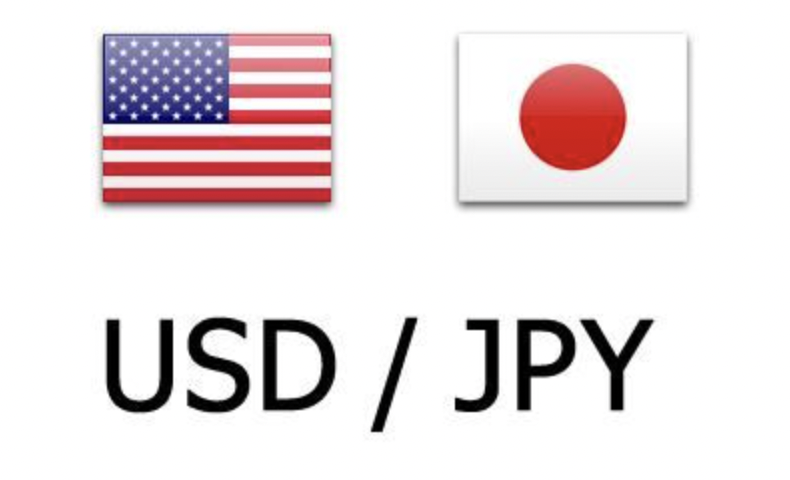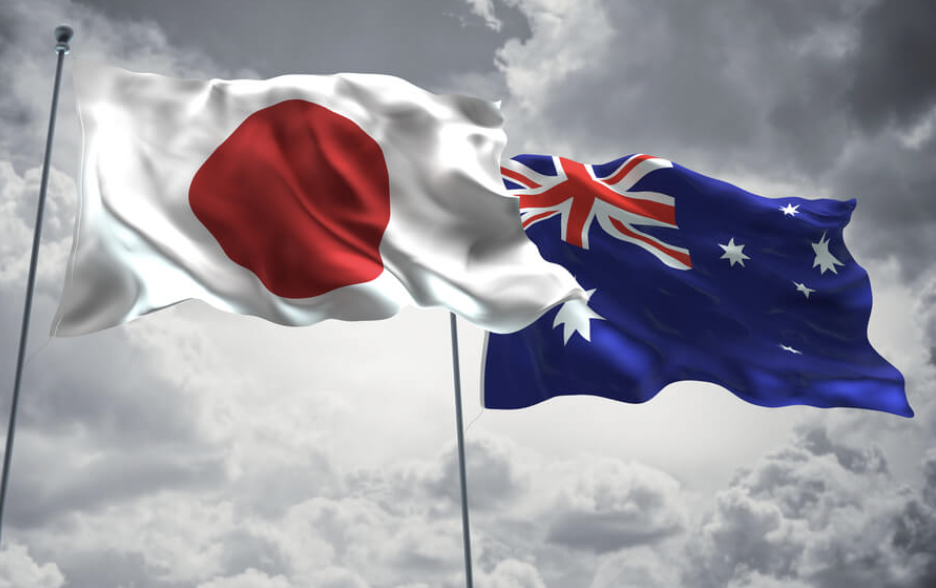
Daniel Rogers
Feb 09, 2023 15:14

Throughout Wednesday's session, the NZD/JPY pair failed to gain upward/downward momentum, and as Thursday's Asian Pacific session begins, it is meandering at this week's lows. At the time of writing, the NZD/JPY exchange rate was 82.87, which was close to unchanged.
The daily chart for NZD/JPY displays the currency pair as neutral to slightly negative, although on Wednesday it failed to gain momentum. A doji appeared at the bottom of the week around 82.65, which may intensify a near-term consolidation. If this scenario plays out, the NZD/JPY will move between 82.65 and 83.00 for the remainder of the session, barring a catalyst that propels the pair above or below the range.
The initial upwards barrier for the NZD/JPY would be the 20-day Exponential Moving Average (EMA) at 83.44, followed by the 200-day EMA at 83.85. The weekly lows at 82.65 would provide the next support for the NZD/JPY, followed by the crucial 82.00 level.
In the immediate future, the formation of a bearish pennant on the NZD/JPY 1-hour chart indicates that further drops are imminent. A breach of the bottom trendline of the pennant will pave the way for additional losses, with the first leg of the slide targeting the S1 daily pivot at 82.62.
Next stop for the New Zealand dollar/Japanese yen downtrend would be the S2 pivot at 82.44, followed by the S3 daily pivot at 82.24.

Feb 09, 2023 15:08
